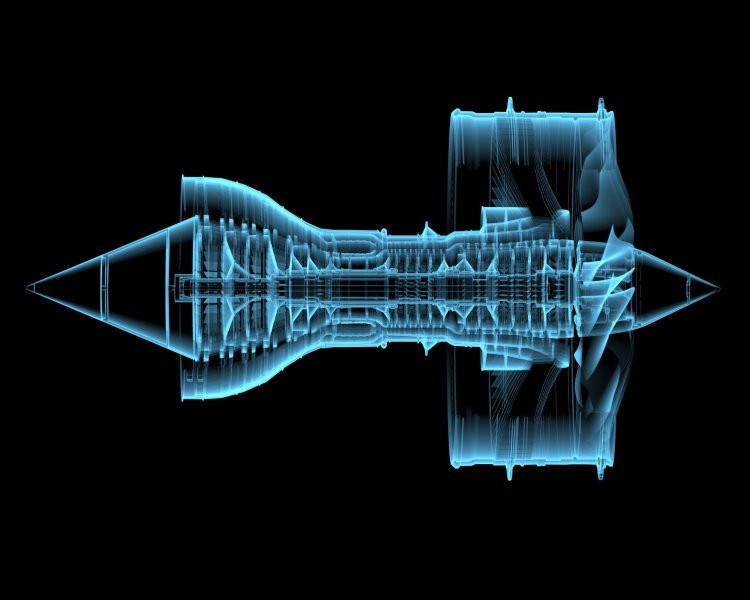He was a son of a noblewoman and a Siberian Cossack, who was repressed on charges of sabotage and belonging to a counterrevolutionary organization. This scientist left his name in the history of aircraft building for centuries. There are streets named after him in two dozen of cities, as well as one of the largest aircraft design bureaus and Vnukovo airport. Soviet scientist Andrei Tupolev was born on November 10, 1888.
The village where Andrei Tupolev was born is no longer on the map – it was called Pustomazovo and located between the villages of Abrosimovo and Simonovo, 90 kilometers east of Tver. The future scientist was interested in exact sciences while studying in Tver gymnasium and at the age of 20 entered Imperial Moscow Technical School – which is Bauman Moscow State Technical University today. He participated in the creation of a glider that took him into the air for the first time, and was fascinated by aerodynamics.
After three years of studying, Andrei Tupolev was exiled from Moscow to his homeland in Tver Region for the distribution of illegal literature and participation in student unrest. He returned to the Moscow school only on the eve of World War I and graduated from it in 1918. He spent the last years of his studies designing the first wind tunnels and later participated in the creation of TsAGI together with Nikolay Zhukovsky.
They were Tupolev's efforts that made it possible to establish serial production of metal airplanes in the country. Thanks to the designer, more than 100 types of aircraft were designed: Andrei Tupolev supervised the production of reconnaissance planes, fighters, bombers, transport and sea planes in different years.
Created in 1925, full-metal twin-engine TB-1 was considered the best bomber in the world for a long time. In 1937, ANT-25 was the first to make a transpolar route. The world’s first supersonic passenger airplane Tu-144 also flew in his lifetime, in 1968.
In 1937, Andrei Tupolev was accused of leading an anti-Soviet organization that conducted sabotage and subversive work. Many leading employees of TsAGI and the design bureau were arrested together with him. The court sentenced Tupolev to 15 years in prison and confiscated his personal property.
The designer continued to work on the creation of new airplanes even in prison. A closed experimental design bureau in the structure of NKVD TsKB-29 was later called “Tupolev's sharagah” (Tupolev's gang). It produced airplanes that played a significant role during World War II: dive bombers Pe-2 and Tu-2.
Andrei Tupolev was paroled in July 1941 and in 1955, he was fully rehabilitated. In 1943, he returned to Moscow and worked as a chief designer and manager of Aircraft Plant No.156 – this plant became the basis for the creation of Tupolev Design Bureau. Andrei Tupolev was appointed General Designer of the USSR aircraft industry starting from 1956.
Based on open sources
Photo: sauliusl / ru.123rf.com






















